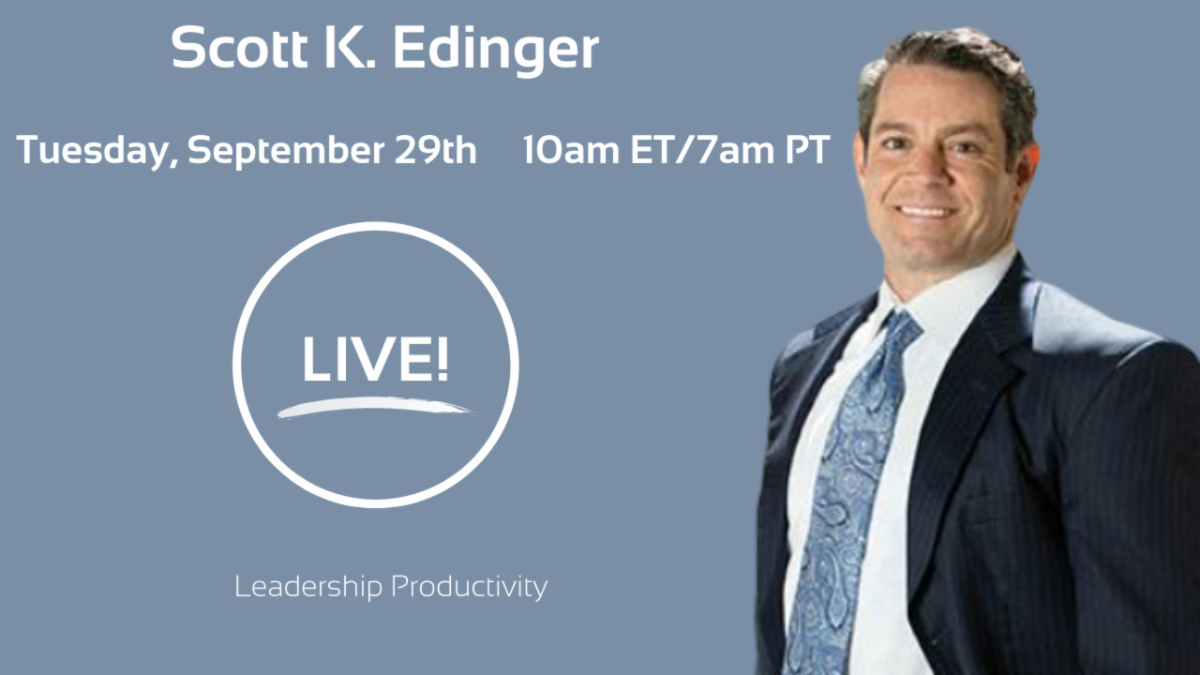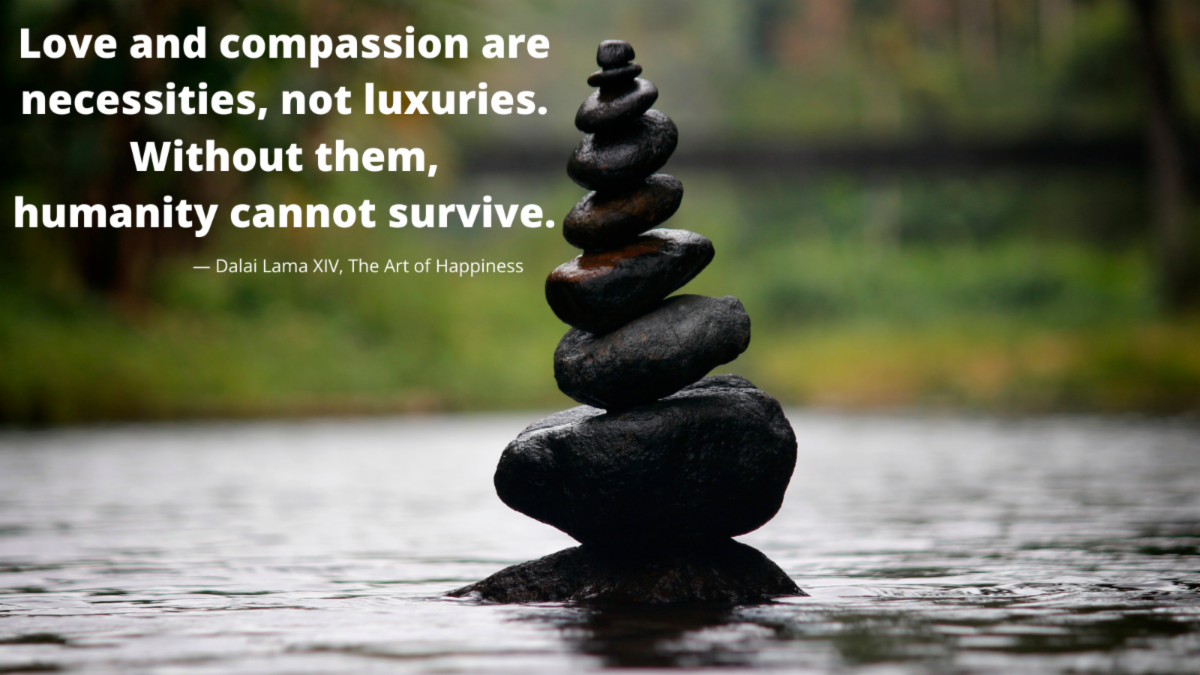
September 24, 2020
Avoiding the Cut and Shrink Death Spiral:
That term, the cut and shrink death spiral, was shared with me by the CFO of a Fortune 500 company. She and I were discussing the difficulties that lie ahead following an RIF. RIF, or Reduction in Force, of course, is corporate slang for cutting jobs or downsizing. Her point was unequivocal: the company couldn’t make a habit of cutting costs each quarter and expect to restore the growth that had made the stock price rise in prior years.
So, how do you avoid the cut and shrink death spiral? Here are three points to consider:
- Measure twice, cut once. The old saying has relevance to business. You should only cut a job or an expense line once. If you keep trimming the same line item, you are doing something wrong. Be rigorous in determining what expenses are necessary to run your business then move on to the other side of the equation.
- Address the cause, not the symptoms. Companies often wrestle with low margins or less than acceptable net income because there isn’t enough profitable revenue. If you’ve done your job well in point #1, then not generating enough net income or cash is due to your ability to acquire customers that are willing to pay your prices. Focus on the right side of the problem.
- Invest your resources in attracting and retaining the right customers. When revenue is down, it’s tempting to take any business you can. But poor prospects rarely become good clients. Get your sales organization centered on your ideal client profile and make sure you are designing and delivering a compelling sales experience.
The best predictor of strong net income for a company is the strength of the revenue stream. When times are tough, double down on fortifying that strength to avoid the cut and shrink death spiral.
Working Hard Versus Working Long:
You are busy. As a subscriber to this newsletter, I suspect, very busy. But one thing I’ve noticed about many leaders I work with is that they confuse working long with working hard. But do long hours always create the best results? Consider the distinction of focused attention versus time. When your attention is focused, for even 3-4 hours, you can often get more, and better work, done that 8-10 hours of partial attention (e.g. mixing email, calls, meetings, texts, etc.) Some of the most productive leaders I know do not work excessively long hours. But during the time they do work, they sustain focus on their top priorities. They understand the power of advancing 2-3 priorities by miles instead of a dozen by inches. Take a look at how you structure your workday and consider whether you are working long or working hard. There will always be unending tasks on your to-do list - make sure your day revolves around getting the most important work completed.
I’ll be talking more about how leaders can increase productivity next week during my LinkedIn Live session. Join me on September 29th at 10:00 am Eastern

Changes in How I'm Working with Clients:
What objectives are you trying to achieve? I know that building growth strategies, improving sales effectiveness and developing leadership capability doesn’t stop in times of crisis. I’ve been committed to getting creative when it comes to interacting with my clients since the start of the pandemic. Most projects, even team facilitations have shifted quite easily to video conference. I’ve had some meetings outside, and I may even facilitate a client session at the beach, like that College Professor who once let you have class outside on a nice Spring day.
So, don’t let the pandemic get in the way of improving your business. Are you working on your growth plans for the year ahead? Driving alignment of your leadership team on strategy or execution? Looking for ways to inspire and motivate teams to high performance through challenging times? I am happy to meet with you in whatever forum you and your team feel comfortable. Click the button below to schedule some time with me.
Current Read:
Be mindful, be selfless, be compassionate. This article discusses The Dalai Lama’s observations on leadership and describes how a focus on material development and financial gain has led us to neglect our basic human need for kindness and care. These days, I think we could all use a reminder that inspiring leaders care about humanity as well as profit and sales performance.
Thanks to those that responded to last week’s Question to Ponder, “What are you doing to keep your sanity throughout the second half of a crazy 2020?” Here are some of my favorite responses:
Meditating twice a day- Commitment to avoiding sugar 6 days a week
- Climb 14ers in Colorado (For those who don’t know what this means a 14er is a mountain that reaches 14,000 feet in elevation. I had to Google it when I first saw the term.)
- Attend an occasional funeral to “keep it all in perspective.”
- Write in my journal most days
- Take long walks with my dog
- Exercise first thing every day
- Make sure I get 7.5 hours of sleep daily
And my personal favorite: Chicken wings and college football!!!
It’s worth noting about most of these involve a daily practice of attending to physical health and/or making space for reflection. Things all of us can do, even if you aren’t climbing mountains!
Question to Ponder:
What is your daily practice? And if you don’t have one, what could you start doing?
Quotable:


